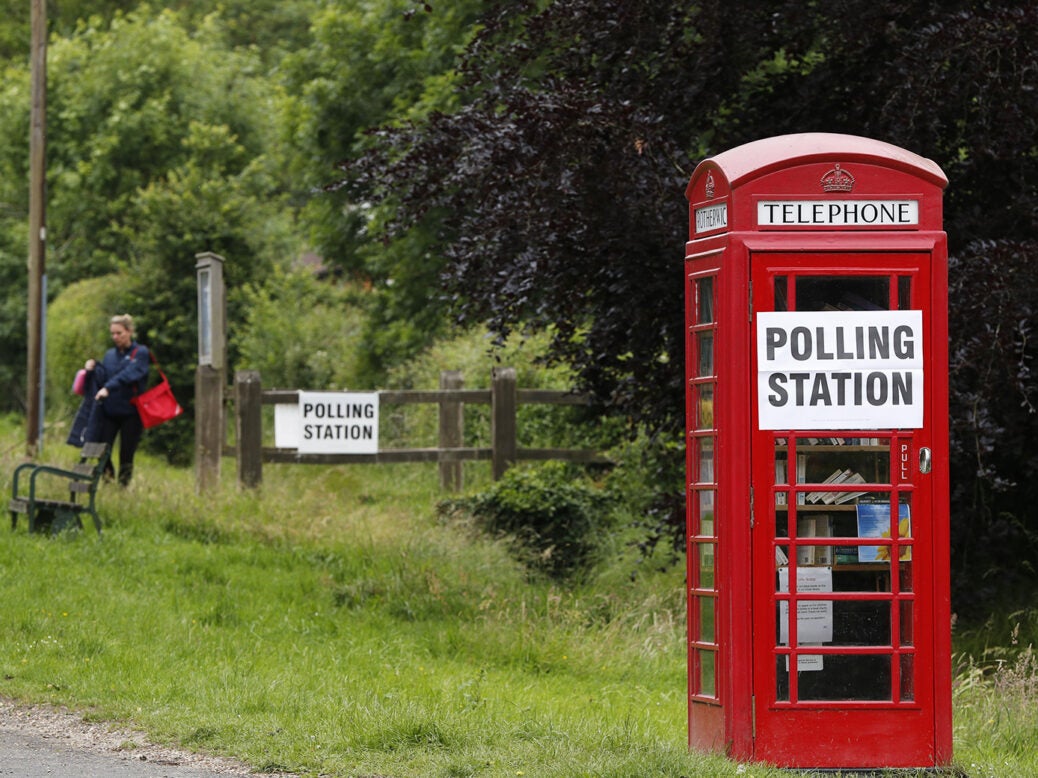
The 2022 local elections were a mixed bag for the two main parties. Labour achieved a spate of gains across the country, but did fall back in some places. Incumbent Conservatives held on in places like Grimsby and Nuneaton, but saw a sizeable drop in confidence and turnout from most of their base, particularly in the marginals that matter.
In some of the more traditionally Tory locales in southern England, the Liberal Democrat, Labour and Green gains – some of which weren’t expected – disrupted what were generally assumed to be true-blue towns.
Here are some key local election takeaways to help you understand the direction of this year’s electoral winds.
Scroll down to continue ▼
Mapped here are seats that changed hands in 2018. In the north-east of England – the first region to declare on the night – Labour generally held its own against the Conservatives. Its vote was up significantly on last year, but it middled or fell compared with 2018.
In Hartlepool, Labour came back from topping the poll in one ward to winning the popular vote across the borough. In stark contrast with the 2021 by-election result, Hartlepool voted 43 per cent Labour, 34 per cent Conservative.
In Cumbria, the safety of three comfortable Tory seats in the Commons have been thrown into question after significant Labour gains.
Wins in Carlisle, Workington, Copeland and Barrow for Labour suggest that some parts of the so-called Red Wall remain up for grabs.
In Hull, meanwhile, Labour fell back. The Lib Dems, the official opposition in the area, stormed a university ward – among others – to take control of the council for the first time since 2011. The only Conservative seat up for grabs, meanwhile, was gained by Labour.
More broadly, the Lib Dems surpassed all expectations and forecasts this year, achieving wins not just down south but in the urban north too.
Moving on to West Yorkshire, we find significant Labour inroads in some of the key English marginals.
Tory-held Wakefield, which will soon host a parliamentary by-election, voted Labour in the locals by 51 per cent to 34 per cent. In the 2019 general election, by contrast, the seat went 47 per cent Tory to 40 per cent Labour.
The picture on the other side of the Pennines is more mixed. Labour made advances in Chorley and Trafford but lost ground in Accrington and Oldham. The Greens also broke through in once-safe Labour seats.
Meanwhile, a curious ratio has emerged in the West Midlands. With every Labour seat won from the Tories, the latter won one back. Compared with 2018, this suggests a Red Wall that is neither won nor lost – but incredibly competitive.
While Wakefield, Hartlepool and swathes of the north-west returned to Labour, in Dudley, Walsall and Wolverhampton the situation is considerably more mixed.
In London, Labour made history by winning majority control of the Wandsworth, Westminster and Barnet councils for the first time. But the alienation of certain communities saw them soundly beaten in Tower Hamlets, and a bankrupt council in Croydon cost them seats and their majority to the Conservatives.
One step forward, one step back.
In the south and low Midlands, Tory losses in commuter towns came as a surprise. These were mostly seats lost by Labour in 2010 – seats in which the party has been on the back foot ever since. Whether it is Milton Keynes or Rugby, however, Labour did gain considerable ground.
The Lib Dems and Greens performed significantly better than my forecast suggested, making inroads in safe Tory seats in Oxfordshire, Cambridgeshire and the Home Counties, something that may spell trouble for Conservatives in the years to come.
While Labour made modest gains in England (up 22 seats) and Scotland (up 20), the party performed best in Wales. It gained 66 seats, making gains from independents in the north and the Tories in the south. The Vale of Glamorgan was one of the main marginal councils to change hands this election – with Labour replacing the Conservatives as the largest party.
Plaid Cymru held its own across much of Wales but an electoral alliance with the Greens in Cardiff appears to have proved fruitless. The pro-independence party topped the poll in just one ward.
And finally, Scotland. Here, the SNP improved its standing on most councils, even after 15 years in power at Holyrood, gaining new seats as the Tories fell back. In Glasgow, meanwhile, the Greens topped the poll in the student-heavy area of Hillhead, and Labour gained seats but failed to surpass the SNP as the largest party.
A general Tory retreat in the country saw Scottish Labour regain the status of “second party” in terms of seats. The Lib Dems, bracing for losses, held their own. And the popularity of independent candidates has never been greater.
There we are: an abridged dive into the 2022 local elections. There were big gains for Labour in the marginals that matter, but nowhere near enough for the party to be confident of winning a majority in the House of Commons. In safe Tory shire seats, trouble from the Lib Dems, Greens and even Labour suggests the next election might not be fought like the last one. The results of this year’s council elections suggest that the instability of British politics over the past few years is only likely to continue.